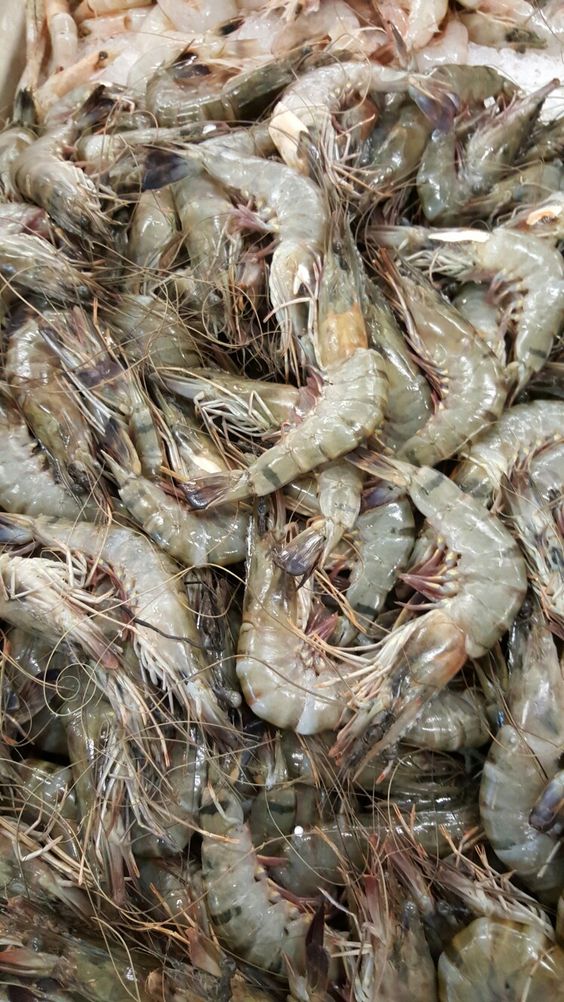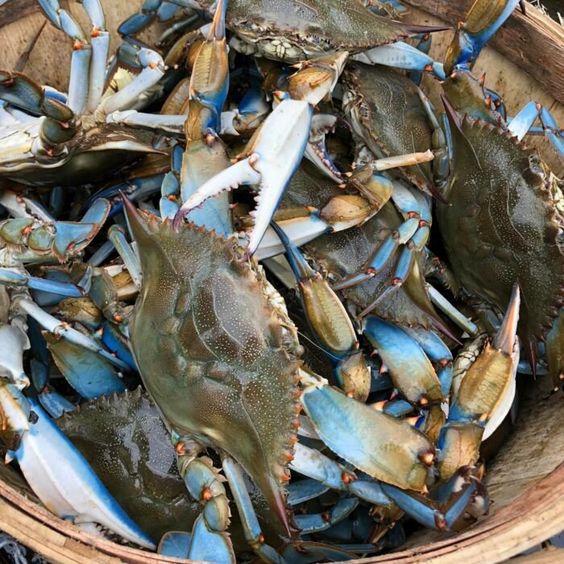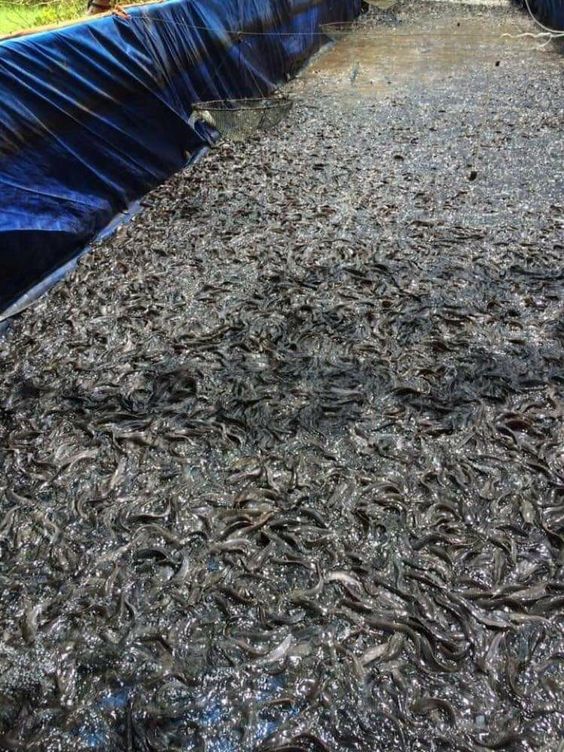Distribution of Tilapia Fisheries: A Global Perspective on Sustainability and Future Trends
Distribution of Tilapia Fisheries, a diverse group of freshwater fish belonging to the Cichlidae family, has become a global phenomenon. Once native solely to Africa and the Middle East, tilapia fisheries are now present across continents, playing a significant role in food security, economic development, and aquaculture practices. This article delves into the fascinating story of tilapia’s distribution, exploring the reasons behind its widespread presence, the benefits it offers, and the goals and challenges associated with its sustainable management.
Origins and Rise of Distribution of Tilapia Fisheries
Distribution of Tilapia Fisheries of being the original home to tilapia, with numerous species thriving in a variety of ecological niches, from sprawling rivers and vast lakes to swamplands. These fish possess remarkable adaptability, tolerating a wide range of water conditions, including temperature, salinity, and dissolved oxygen levels. This inherent resilience, coupled with their fast growth rates and ability to reproduce readily in captivity, made them ideal candidates for aquaculture.
The latter half of the 20th century witnessed a surge in tilapia introductions around the world. Several factors fueled this expansion:
- Food Security: Tilapia’s rapid growth and ability to thrive in various environments made them a valuable source of protein for regions facing food scarcity. Their omnivorous diet allows them to efficiently convert low-trophic-level food sources into nutritious fish flesh.
- Development of Fisheries: Tilapia introductions aimed to establish new capture fisheries in tropical and subtropical regions. These efforts provided additional income opportunities for local communities and diversified fish stocks.
- Recreational Fishing: Certain tilapia species, due to their size and fighting spirit, became popular choices for recreational anglers. This diversification contributed to tourism and leisure activities.
- Aquatic Weed Control: Tilapia’s herbivorous tendencies made them a natural choice for biological control of unwanted aquatic vegetation in ponds and lakes.
Benefits of Distribution of Tilapia Fisheries
The widespread adoption of Distribution of Tilapia Fisheries has yielded a multitude of benefits:
- Enhanced Food Security: Tilapia production offers a reliable and efficient way to produce protein, contributing significantly to food security, particularly in developing nations. Their fast growth rates allow for multiple harvests annually, ensuring a steady supply of fish.
- Improved Livelihoods: The rise of tilapia aquaculture has created substantial employment opportunities, empowering local communities and generating income. From fish farm operations to processing and distribution networks, tilapia creates jobs along the entire value chain.
- Economic Development: Tilapia production contributes to a nation’s economic growth through export earnings, foreign investment in aquaculture infrastructure, and increased local spending within communities engaged in fishing and related activities.
- Dietary Value: Tilapia is a lean source of protein, rich in essential amino acids, vitamins, and minerals. Its mild flavor and versatility in culinary applications make it a popular choice for consumers worldwide.
- Environmental Advantages: Compared to some traditional aquaculture practices, tilapia farming can be more environmentally friendly. Their ability to thrive in low-oxygen environments reduces the need for aeration, and their omnivorous diet allows for the utilization of organic waste products as feed supplements.
Goals and Considerations for Sustainable Management
Despite its numerous advantages, Distribution of Tilapia Fisheries also come with considerations that need to be addressed for long-term sustainability. Here are some key goals and suggestions for responsible management:
- Maintaining Biodiversity: Introductions of non-native tilapia species can pose a threat to native fish populations through competition for food and habitat. Careful selection of species and responsible aquaculture practices are crucial to minimize ecological disruptions.
- Habitat Protection: Tilapia farming requires clean water sources. Sustainable practices that ensure responsible water management and minimize pollution from aquaculture waste are essential.
- Disease Prevention: Intensive aquaculture systems can be susceptible to disease outbreaks. Implementing biosecurity measures and promoting healthy fish farming practices are critical to prevent the spread of diseases.
- Feed Management: The reliance on fishmeal in Distribution of Tilapia Fisheries feeds can contribute to overfishing of wild fish stocks. Research and development of sustainable alternative feed sources are crucial for long-term environmental and economic viability.
- Market Transparency: Ensuring fair trade practices and responsible sourcing within the tilapia industry is vital. Certification programs that promote sustainable aquaculture practices can provide consumers with confidence in their seafood choices.
Ideas and Innovation for the Future
As Distribution of Tilapia Fisheries continue to evolve, there’s room for innovation and exploration:
- Aquaponics: Integrating tilapia aquaculture with hydroponics (growing plants without soil) creates a closed-loop system where plant nutrients from fish waste provide nourishment for crops, while plants help filter water for the fish.
- Biofloc Technology: This technique utilizes specific bacteria in the aquaculture system to break down organic waste, improving water quality and reducing the need for external water exchange.
- Selective Breeding Programs: Developing tilapia strains with improved disease resistance, faster growth rates, and superior flesh quality can further enhance the sustainability and profitability of tilapia aquaculture.
- Vertical Farming: Integrating tilapia aquaculture with vertical farming systems offers a space-saving solution, particularly in urban environments, where land availability is scarce.
Community Engagement and Capacity Building
Empowering local communities through knowledge sharing and capacity building is essential for the long-term success of tilapia fisheries. Here are some key strategies:
- Training Programs: Providing training on sustainable aquaculture practices, disease prevention, and responsible water management equips local communities with the necessary skills to manage tilapia fisheries effectively.
- Extension Services: Establishing extension services that provide ongoing support and address the evolving needs of tilapia farmers is crucial for ensuring the adoption of best practices.
- Market Access: Creating market linkages between tilapia producers and fair-trade buyers empowers local communities to capture a larger share of the value chain.
- Women’s Empowerment: Women often play a significant role in tilapia aquaculture, particularly in post-harvest handling and processing. Programs that support women’s leadership and entrepreneurial skills are essential for fostering inclusive and sustainable development.
Distribution of Tilapia Fisheries journey from its African origins to its global presence in fisheries is a testament to its adaptability and importance as a food source. By acknowledging the benefits and challenges associated with Distribution of Tilapia Fisheries, stakeholders can work together to ensure its sustainable future. By embracing innovation, fostering community engagement, and prioritizing responsible practices, the global tilapia industry can continue to contribute to food security, economic development, and environmental well-being.
Further Considerations
This article provides a broad overview of Distribution of Tilapia Fisheries. Further exploration can delve into specific aspects such as:
- Regional case studies: Examining the successes and challenges of tilapia fisheries in specific regions can offer valuable insights into best practices and potential pitfalls.
- Socioeconomic impacts: A deeper analysis of the social and economic impacts of tilapia fisheries on local communities can inform development strategies and ensure equitable benefits.
- Environmental footprint: A comprehensive assessment of the environmental footprint of tilapia aquaculture, including water use, waste management, and potential ecological disruptions is crucial for informing sustainable practices.
By continuing the dialogue and fostering collaboration between researchers, policymakers, industry leaders, and local communities, the Distribution of Tilapia Fisheries industry can navigate the path towards a sustainable and prosperous future.






